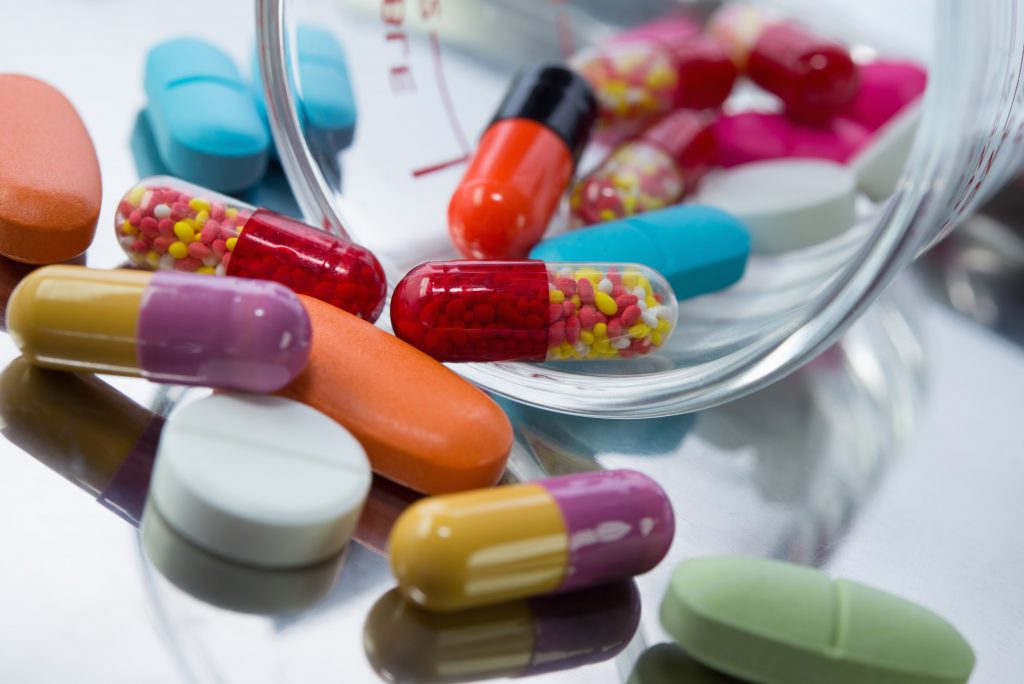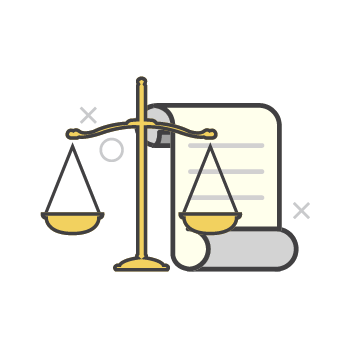Forget the Myths. Here’s How to Choose Between Generic and Brand Name Drugs
by Lou-Ann Jordan Sep 5, 2022

You’re at the pharmacy to purchase medication. There are two boxes on the shelf—one is obviously the original brand, and the other is the generic version of the drug—which do you choose?
Shopping for brand-name items is nice, and for many things, we prefer to drop big bucks on well-known manufacturers than on little-known brands. Indeed, for clothing and other such items, one can understand the preference.
However, what about when there isn’t a flashy tag or label? What about when purchasing medication? Do you still reach for the brand even if there is a cheaper version?
Many people are distrustful of generic medications, to the extent that they will not purchase them even if they’re cheaper than the original. Their reservations may be due to the numerous myths touted about generic versions of drugs.
How do you choose between well-known and lesser-known brands? Possibly, by addressing the myths. We want to help you make an informed decision, so in this article, we’re going to bust some of the myths associated with brand-name drugs and their generic counterparts.
Myth #1 – Generic drugs are not as safe as brand-name drugs.
Fact – The U.S. Food and Drug Administration (FDA) requires generic drugs to be as safe as familiar brands.
Additional insight: For a generic drug product to be approved, it must meet the standards established by the FDA. The drug must fulfil the criteria for identity, strength, quality, purity, and potency. So basically, generic drugs are a remake of the original.
Myth #2 – The original drugs are better. Generic medicines are not as effective, and they take longer to work.
Fact – It is mandatory that both versions of a drug contain the same active ingredients. Therefore, it is expected that they both work equally fast and have the same medicinal effects as recognised brands.
Additional insight: For example, Tylenol and paracetamol share active ingredients. Thus, both can be used for similar reasons with the same results. The speed at which a pill may work has more to with an individual’s physiology than with the version of the medicine.

Myth #3 – Generic drugs are substandard, which is why they tend to be less expensive.
Fact – Manufacturers of generic drugs can afford to price them cheaper than the original version because they have not incurred the expenses of developing or marketing the drug. As such, they do not pass these costs on to the consumer.
Additional insight: The original manufacturers of a drug spend a hefty sum of money developing it. Once the medicine meets the standards of the FDA, it receives its approval. The manufacturer is then granted a patent, for a specified period, preventing other companies from recreating the drug. However, as the expiration draws near, other companies are free to apply to the FDA for permission to use the formula to reproduce and sell generic versions. Not having had to bear the initial cost of developing the drug, these companies make and sell the medicine more cheaply.
Myth #4 – Brand name drugs have fewer side effects than its duplicate.
Fact – Under the guidelines of the FDA, both the original drug and the generic must have the same side effects.
Additional insight: Other areas that must be replicated are: the intended use, risks, strength, and safety.
Myth #5 – Only one company can make a generic drug.
Fact – Once the original drug formula is open, any number of companies can recreate the drug.
Additional insight: Competing companies can create the same generic drug. Regulations require that the replicated medication maintain the same name. However, on the label, after listing the name of the drug, the company can identify itself as the manufacturer.
Myth #6 – Brand name drugs are manufactured in better quality facilities than generic ones.
Fact – According to the FDA, an estimated 50% of generic drugs are produced by well-known pharmaceutical companies.
Additional insight: When the drug patent becomes available to other pharmaceutical companies, the original cost of the medication tends to decrease. The original manufacturer may choose to create a generic version to maintain competitiveness. In such instances, the company will sustain sales of the original drug but sell the generic option under a different name. However, as stipulated by the FDA, they will identify themselves as the manufacturer.
Myth #7 – It is unsafe to switch between the original drug and the generic.
Fact – Because both drugs are essentially the same switching from one to the other is generally quite safe.
Additional insight: While it is not an issue to switch between the original and generic forms of a drug, it is best to opt for the brand name for certain illnesses such as seizures, heart disease, and thyroid hormone. In fact, it is always best to consult with your physician when seeking courses of treatment.

Myth #8 – It is difficult to identify which drug is generic and which is the original.
Fact – The drug regulatory body stipulates that while the drug’s formula must be the same, its appearance must differ.
Additional insight: Generic and brand-name medicines are not permitted to look the same. As such, the versions of the drug differ in size, colour, and flavour.
Information is power, and it’s our goal to empower you to make the best decisions for your health.
Whether choosing brand-name drugs or generic versions, we advise that you carefully read the labels before consuming them. Additionally, ask your pharmacist for clarification before purchasing.
Yello thanks Gittens Healthcare Pharmacy for their participation.
Sources: Gittens Healthcare Pharmacy, The Federal Drugs Association, Huff Post and MedicineNet.








